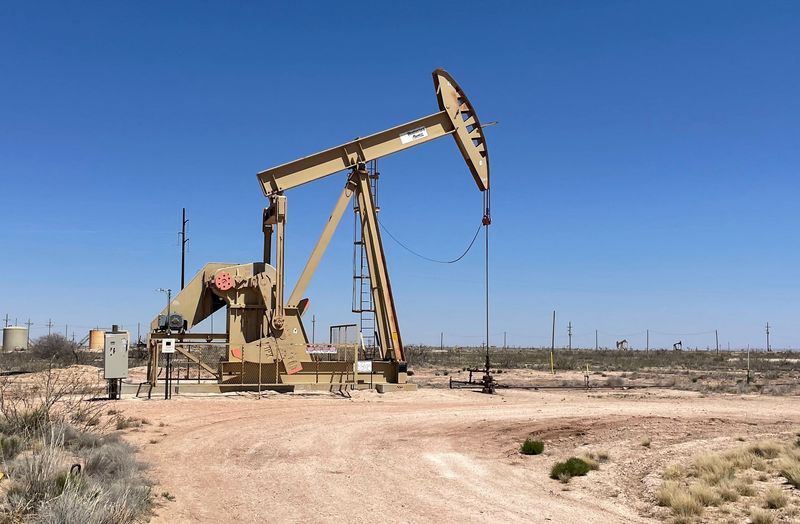On Friday, oil prices experienced a slight decline due to diminishing concerns over Hurricane Rafael’s impact on U.S. oil and gas production. Brent crude oil futures saw a decrease of 26 cents, settling at $75.37 per barrel. In contrast, U.S. West Texas Intermediate (WTI) crude gained 35 cents, rising to $72.01. This fluctuation comes after both benchmarks had seen gains of nearly 1% on Thursday, demonstrating the market’s volatility as it adjusts to various influences. For the week, however, both Brent and WTI are poised for increases, with Brent reflecting a gain of 3.1% and WTI showing a rise of 4.1%.
Hurricane Rafael had led to significant disruptions in production, causing a shutdown of approximately 391,214 barrels per day in U.S. crude oil output. The storm is expected to gradually shift away from the U.S. oil fields, with forecasts indicating a weakening trend from Friday onward. The National Hurricane Center’s predictions have alleviated some of the immediate worries regarding supply vulnerabilities. Coupled with this easing of hurricane-related threats, the market is also focused on the potential implications of President-elect Donald Trump’s policies, particularly concerning U.S. sanctions on oil-exporting nations like Iran and Venezuela.
Market reactions to the political landscape in the United States tend to influence prices significantly, as traders speculate on how Trump’s administration might alter the existing supply dynamics. Anticipations that tighter sanctions could curb the supply from these countries provided initial support for oil prices. Nevertheless, the overall sentiment on Friday reflected a correction phase after the price rises noted the previous day. Oil prices tend to reflect a delicate balance between geopolitical factors and fundamental supply-demand metrics.
Moreover, the strength of the U.S. dollar has become a critical factor in the oil market, with a robust dollar rendering oil more expensive and, conversely, suppressing prices. As the currency gains strength, international buyers find it more costly to purchase oil priced in dollars, thereby dampening demand. This dynamic has been particularly noticeable in China, the world’s largest oil importer, where a recent report indicated a 9% decline in crude imports in October. This trend marks the sixth consecutive month of year-on-year decreases, raising concerns about economic activity and energy demand.
The combination of lower crude imports from China and rising U.S. crude inventories has further placed downward pressure on oil prices. As global economic conditions fluctuate, such data often serve as key indicators of demand recovery or potential slowdowns. U.S. inventories, in particular, have seen increases recently, suggesting that domestic production is outpacing consumption, which could lead to an oversupply situation if not addressed.
In conclusion, the current situation illustrates how external factors, such as weather disruptions and political developments, along with economic indicators, shape the trajectory of oil prices. While the market saw some gains due to expectations of stricter sanctions or geopolitical tensions, the overarching trends of a strong dollar and declining imports from significant players like China introduced new complexities. As traders navigate these variables, it remains to be seen how they will impact future price movements in the oil market.

